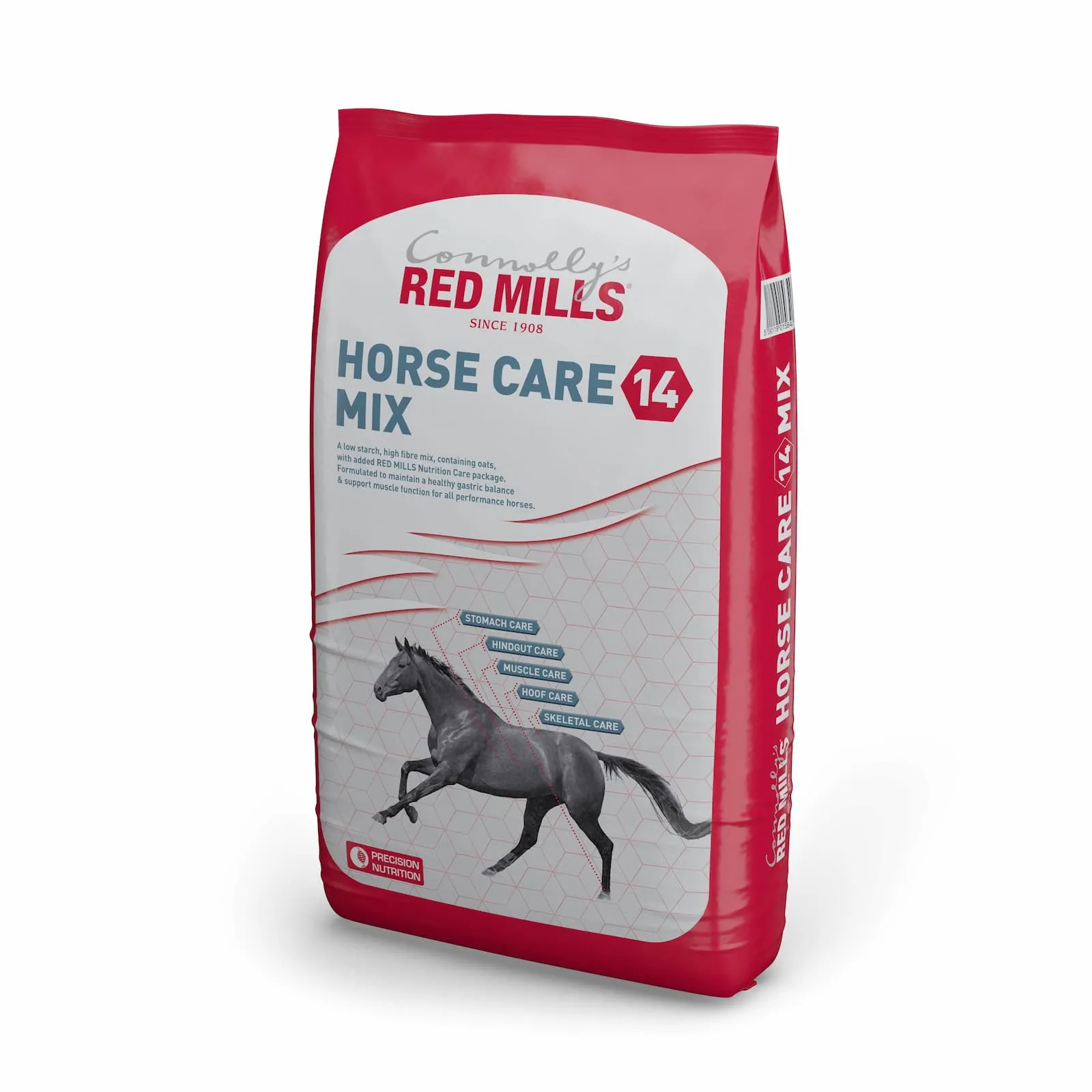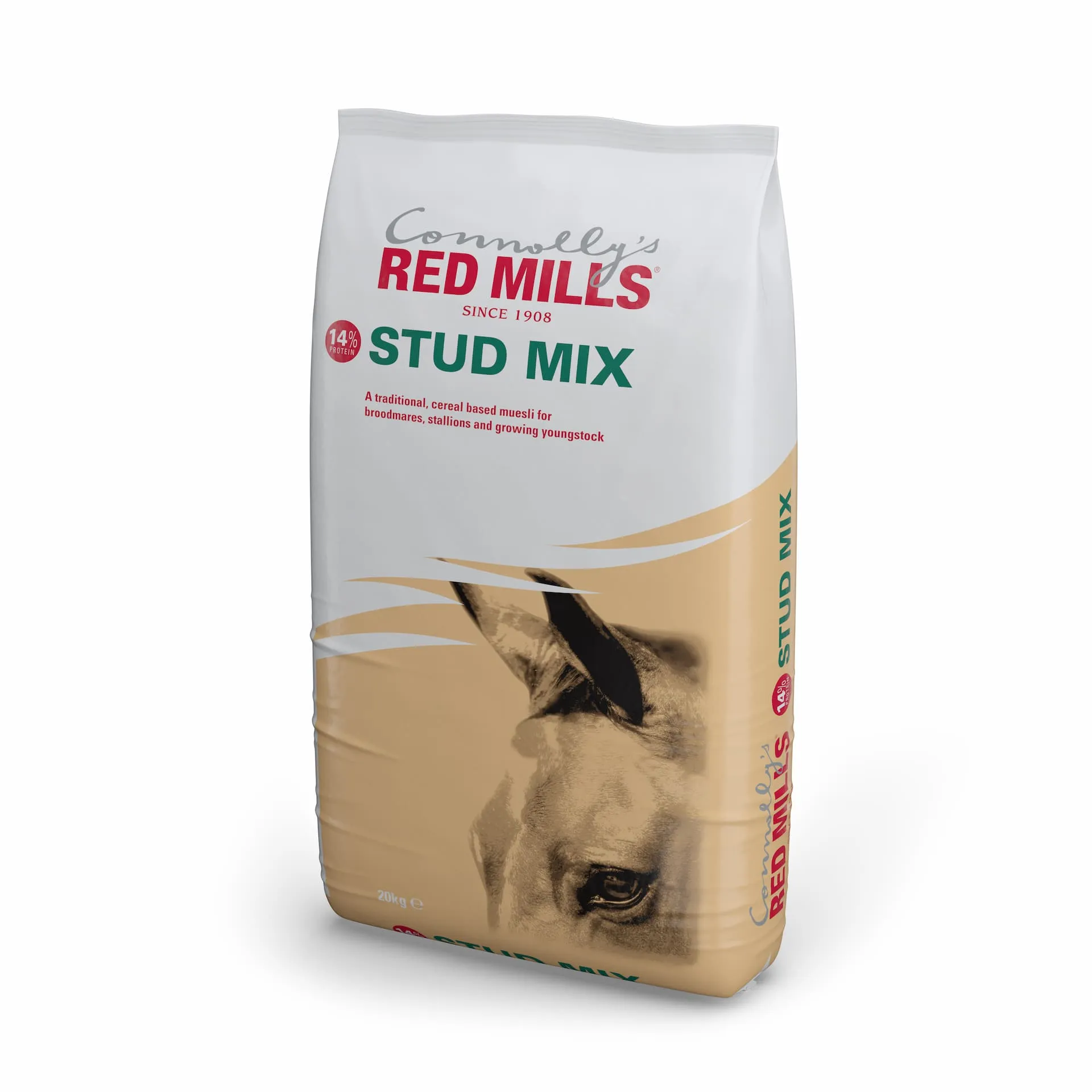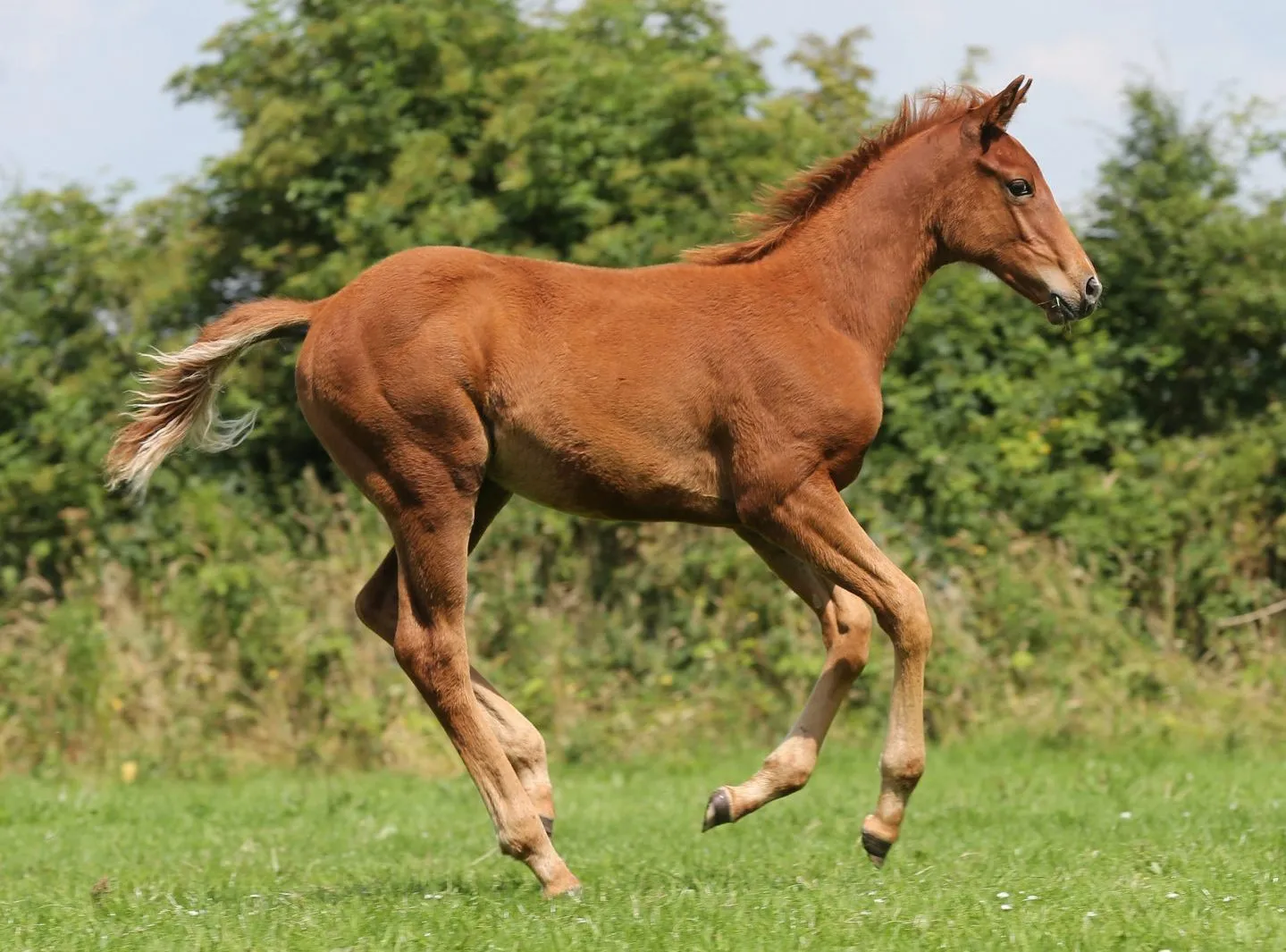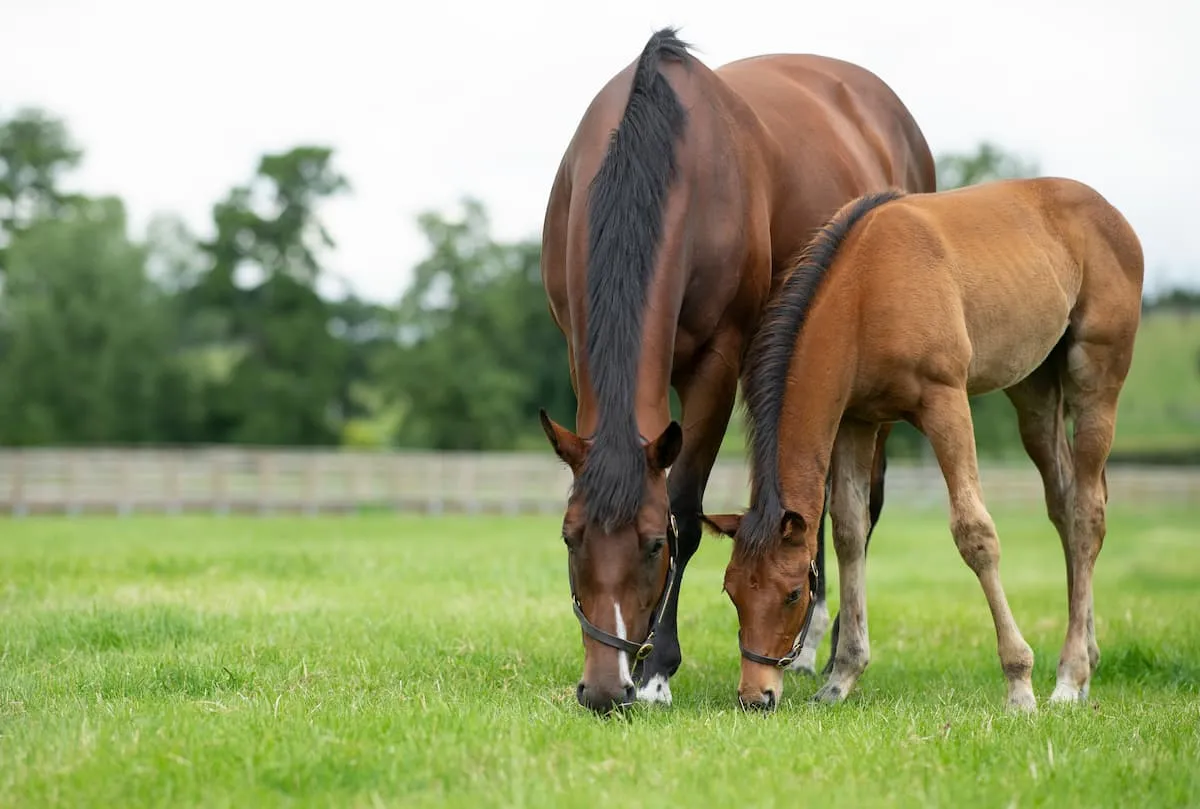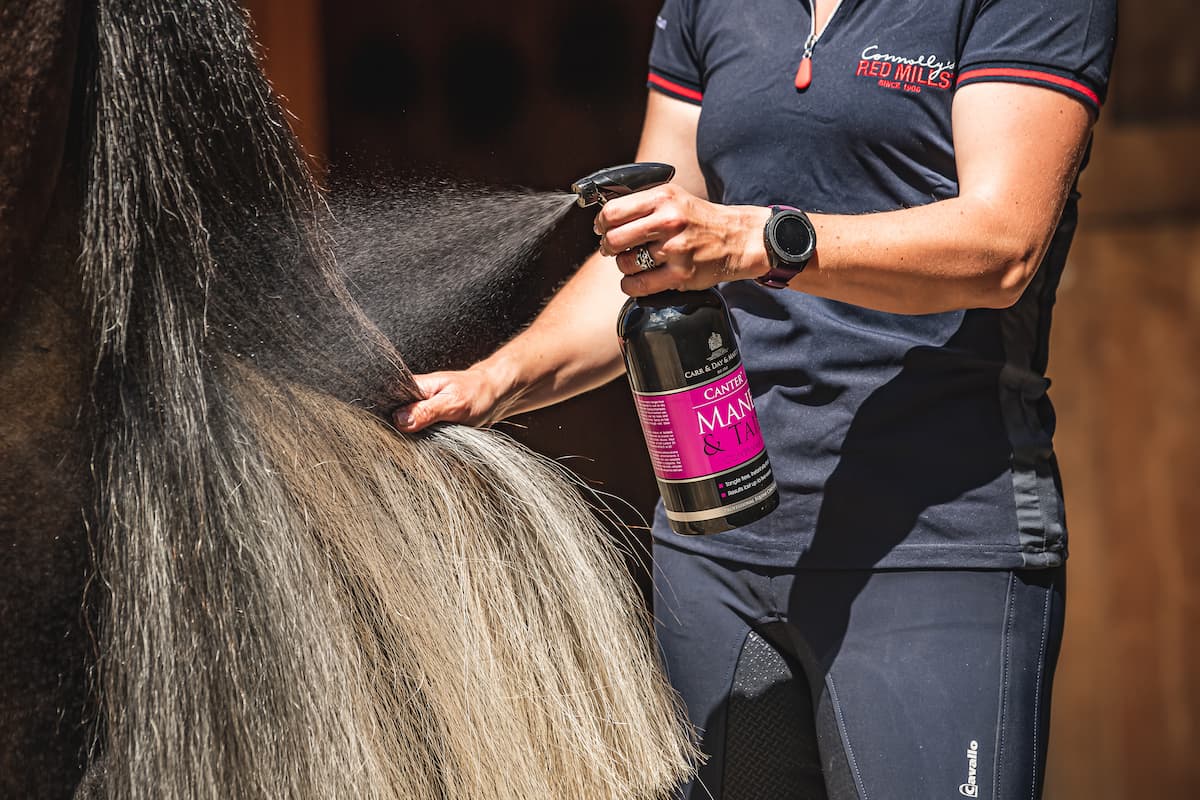Apr, 2019
Understanding the mare’s nutritional requirements, and how best to meet them, is key for the health of both the mare and the developing foal.
When feeding the broodmare it is important to remember that the foetus does not grow at a constant rate throughout the entire pregnancy. During early and mid-pregnancy, the foetus is small, attaining only 20% of its birth weight, and hence its nutrient requirements are relatively low. Therefore, in the past it was thought that mare’s nutritional requirements did not increase until late pregnancy. However, we now know that this is not the case!
Early Pregnancy
Over-feeding during early pregnancy is a common mistake, often resulting in the mare becoming overweight. Obesity can be a serious problem and may reduce fertility, increase the risk of problems such as laminitis and potentially predispose the foal to developmental orthopaedic diseases after birth. Ideally, during early pregnancy the mare’s condition should be maintained. Even for overweight mares weight loss is not recommended during the first 3-4 months of pregnancy as this has been linked to early embryonic loss plus, if the mare is simultaneously lactating, can result in reduced milk production. A body condition score between 3 out of 5 or 5 to 7 out of 9, depending on the system used, is considered optimal for a broodmare throughout pregnancy. (Click here for an article on BCS)

Assuming the mare is not lactating, good quality forage (pasture or hay) may provide sufficient calories during early gestation. However, new guidelines suggest that the mare’s requirements for certain micronutrients (e.g. lysine and vitamin E) increase from conception, and there is some evidence to suggest that deficiencies during this period can increase the risk of early foetal loss.
Forage alone is unlikely to provide optimal levels, or the correct ratios, of all the essential micronutrients (e.g. copper and zinc) (Figure 1). Therefore, all broodmares will need a suitable hard feed during early pregnancy. This will help to avoid the mare using her own stores and entering mid-late gestation with deficiencies. The most suitable ration will obviously depend on the individual. Mares that are lactating, poor doers or those with limited access to good quality forage will typically require a more calorie rich ration such as Connolly’s RED MILLS Stud Mix or Cubes. Alternatively, if straight cereals (e.g. oats) are being fed, we recommend our Connolly’s RED MILLS Oat Balancer Mix or Pellets, which have been specifically formulated to balance the micronutrient content of cereals, including the calcium to phosphorus ratio. On the other hand, a nutrient-dense feed balancer such as Connolly’s RED MILLS GROCARE Balancer, or a broad-spectrum vitamin and mineral supplement such as Foran Equine Chevinal Extra, is ideal for mares requiring a calorie controlled diet.
Figure 1 Copper content of UK Pastures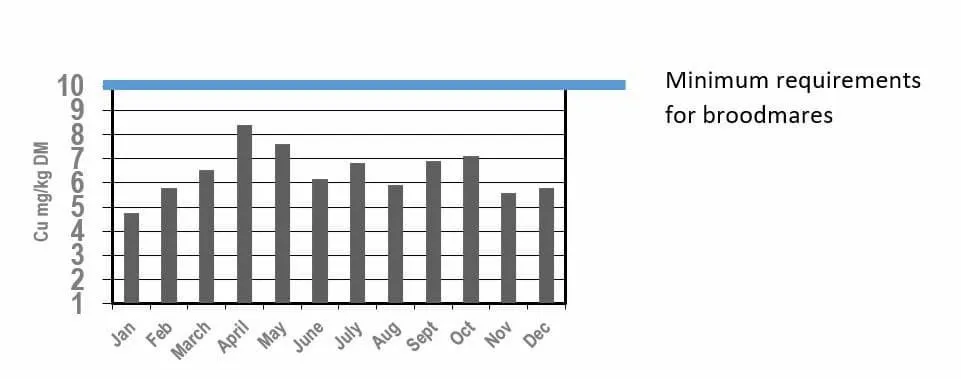
Mid-Pregnancy
Starting in the fifth month of gestation, foetal growth rate begins to increase, resulting in corresponding month-by-month increases in the mare’s nutrient needs. Therefore, the guidelines laid out in the 2007 National Research Council’s (NRC) Nutrient Requirements of Horses recommends that the calorie (energy) content of the diet be gradually increased starting at the 5th month of gestation (Table 1). It is important not to oversupply calories and carefully monitor the mare’s condition in the second trimester. Although excessive weight gain is to be avoided, some weight gain during mid-gestation is necessary to provide an energy source for use in late gestation and early lactation.
The requirements for protein, an essential nutrient needed to support foetal growth, also increases during the second trimester (Table 1). Protein is made up of non-essential and essential amino acids (e.g. lysine and methionine). The latter cannot be made in the body and must be provided in the diet. The main source of quality protein in Connolly’s RED MILLS feed is soya, which contains excellent levels of essential amino acids. Raw soybeans naturally contain an anti-nutritional factor called trypsin inhibitor. Trypsin inhibitor is a compound that blocks the action of trypsin, an enzyme needed for protein absorption. At Connolly’s RED MILS, we use an advanced cooking technique known as extrusion to destroy the trypsin inhibitor, thereby ensuring that the horse can digest the quality protein they provide.
Table 1 Increasing Calorie & Protein Requirements during Pregnancy
| Month of gestation | DE requirements (mcal) | Protein requirements (g) | Lysine (g) |
| <5 | 16.7 | 630 | 27.1 |
| 5 months | 17.1 | 685 | 29.5 |
| 6 months | 17.4 | 704 | 30.3 |
| 7 months | 17.9 | 729 | 31.3 |
| 8 months | 18.5 | 759 | 32.7 |
| 9 months | 19.2 | 797 | 34.3 |
| 10 months | 20.2 | 841 | 36.2 |
| 11 months | 21.4 | 893 | 38.4 |
Unlike energy and protein requirements, the mare’s vitamin and mineral needs do not increase through mid-pregnancy and, provided the mare is receiving the correct amounts of a suitable hard feed, optimal levels of all the essential micronutrients will be provided in the overall diet.
The most suitable hard feed for broodmares in mid-pregnancy will depend on the time of year or more specifically the availability of good grazing. Mares grazing lush pasture or ‘good-doers’ may not require large amounts of hard feed. However, they will still require a source of essential micronutrients (e.g. copper etc.). Feeding a traditional stud mix or cube may prove too calorific so instead a high specification balancer (e.g. Connolly’s RED MILLS GROCARE Balancer) or multivitamin supplement (e.g. Foran Equine Chevinal) is ideal.
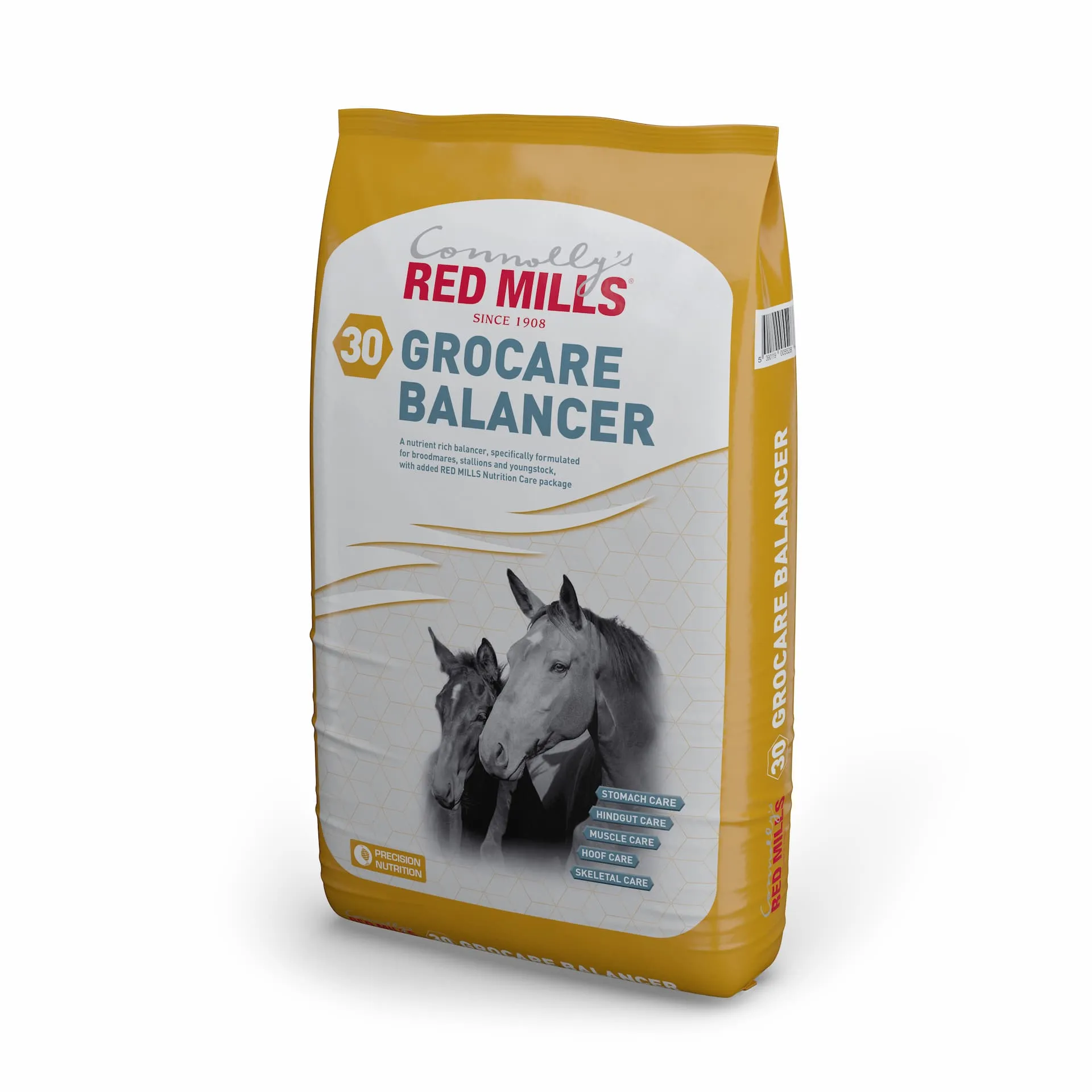
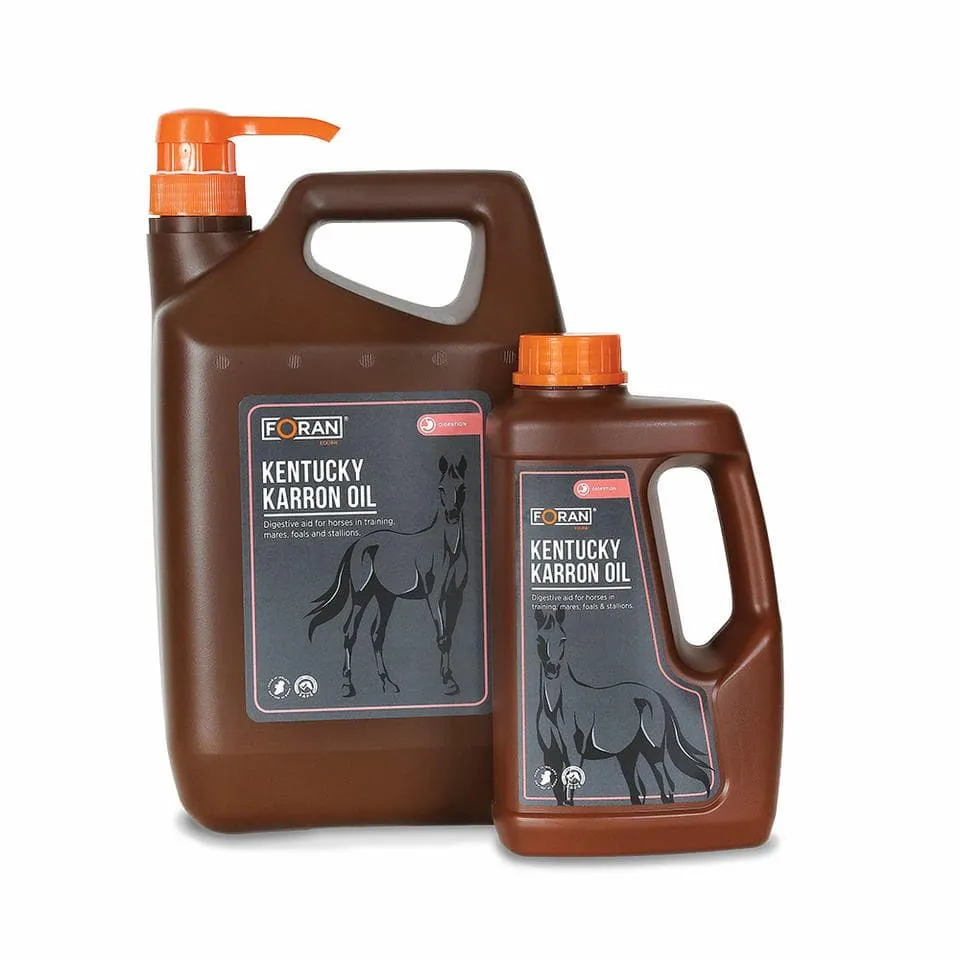
On the other hand, mares that do not have access to sufficient high quality pasture or those prone to weight loss will generally need higher levels of concentrate feed. In these situations, Connolly’s RED MILLS Stud Mix or Cubes can be fed according to condition. Although, if fed at less than the recommended guidelines the Connolly’s RED MILLS GROCARE Balancer or Foran Equine Chevinal should be added to the ration to ‘top up’ micronutrient intake. If needed, another excellent way of adding calories to the diet, and provide a source of beneficial omega 3 fatty acids, is to supplement with Foran Equine Kentucky Karron Oil.
It is not uncommon for pregnant mare to simultaneously have a foal at foot and weaning usually takes place when the mare is in her second trimester. To facilitate drying up the mare’s concentrate feed will need to be tapered off. This will mean that any Stud Cubes/ Mix fed should be gradually reduced and replaced with an appropriate feed balancer (e.g. Connolly’s RED MILLS GROCARE balancer) or a high specification vitamin and mineral supplement (e.g.Foran Equine Chevinal). Once the mare has ceased producing milk and, if needed to maintain optimal condition, Connolly’s RED MILLS Stud Mix or Cubes can be gradually reintroduced to the ration.
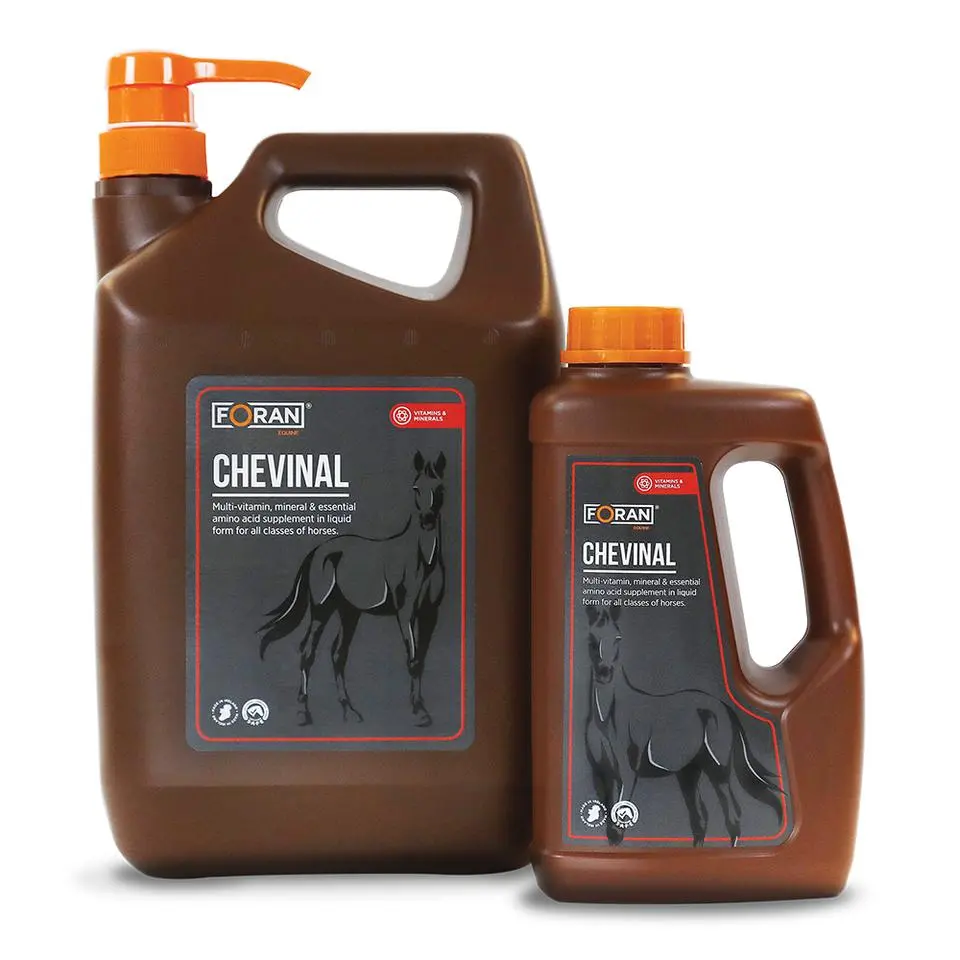
Until recently, the nutritional needs of the mare during early and mid-pregnancy were often neglected. However, we now know that nutrient requirements increase far earlier than previously thought. Consequently, the diet of the mare during her first and second trimester requires careful consideration in order to ensure that the mare receives optimal energy, protein, vitamins and minerals.
If you would like more advice on feeding the broodmare throughout her pregnancy please contact our nutritional team (link to nutritional form) and search for more expert advice articles. (breeding articles section)
Related Products
Contact our sales team via WhatsApp or email

Nicolas Gaumerais
Group Commercial Manager GCC Region
Based in the UAE, Nicolas Gaumerais is the Commercial Manager of Connolly's RED MILLS Group which includes Connolly's RED MILLS horse feeds and Foran Equine supplements sold in the GCC region. Nicholas regularly travels across the Gulf to meet customers.

Dominic Bligh
Group Commercial and Technical Executive GCC Region
Alternatively, reach out to Dominic Bligh who offers nutritional & technical support for Connolly's REDMILLS Feed and Foran Equine supplements. Dominic is also the Commercial Manager for Foran Equine Supplements. He regularly visits client's stables in the Middle East to advise on bespoke feeding programmes.
